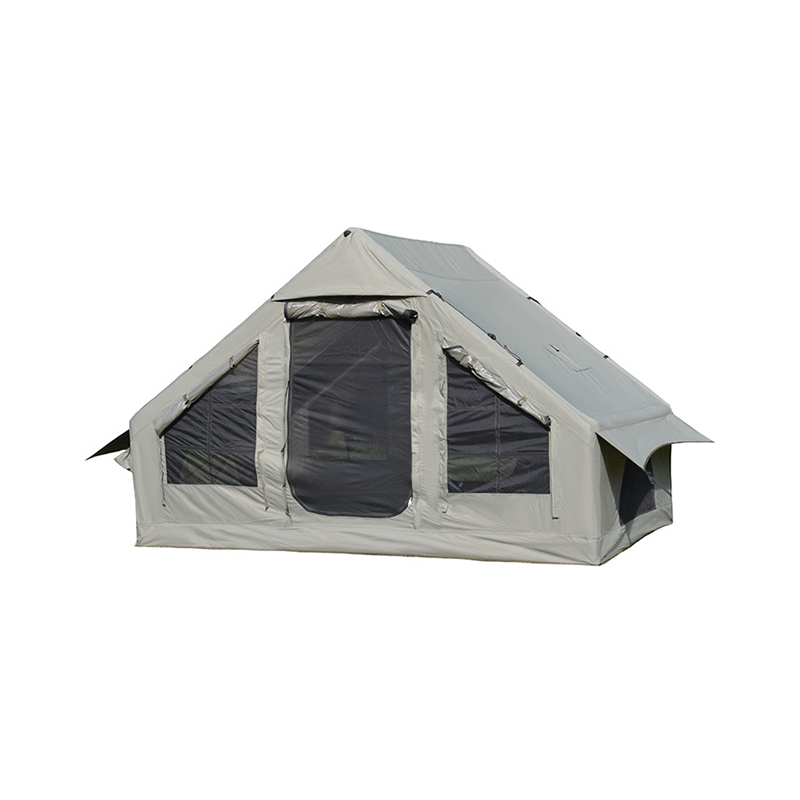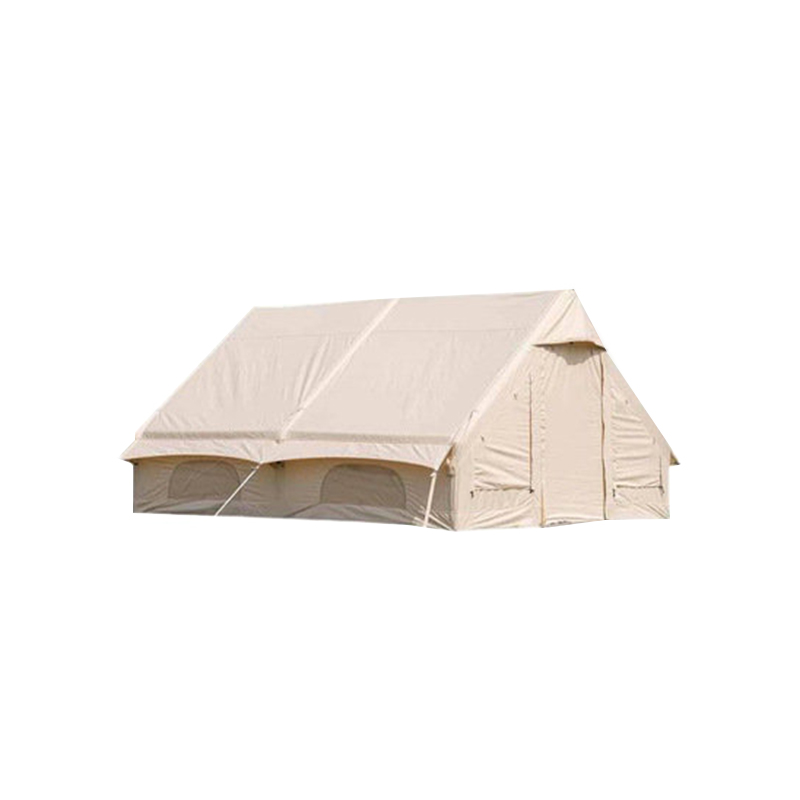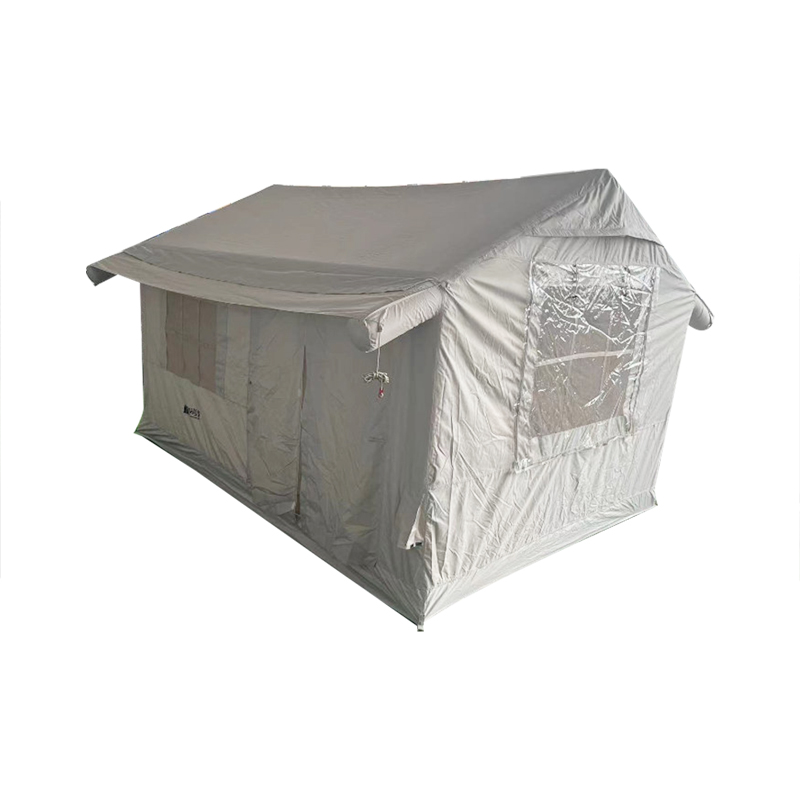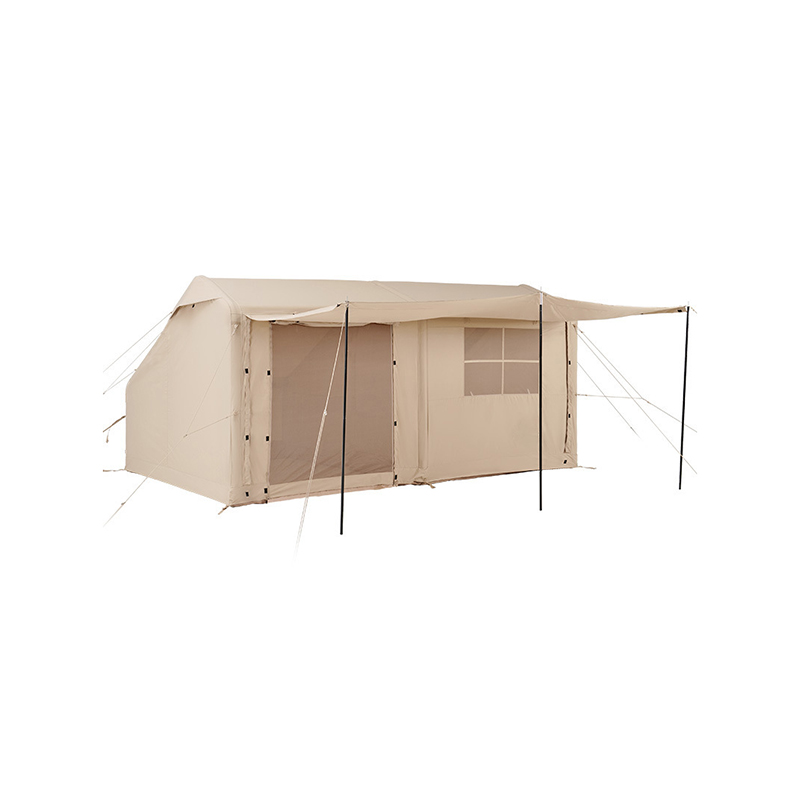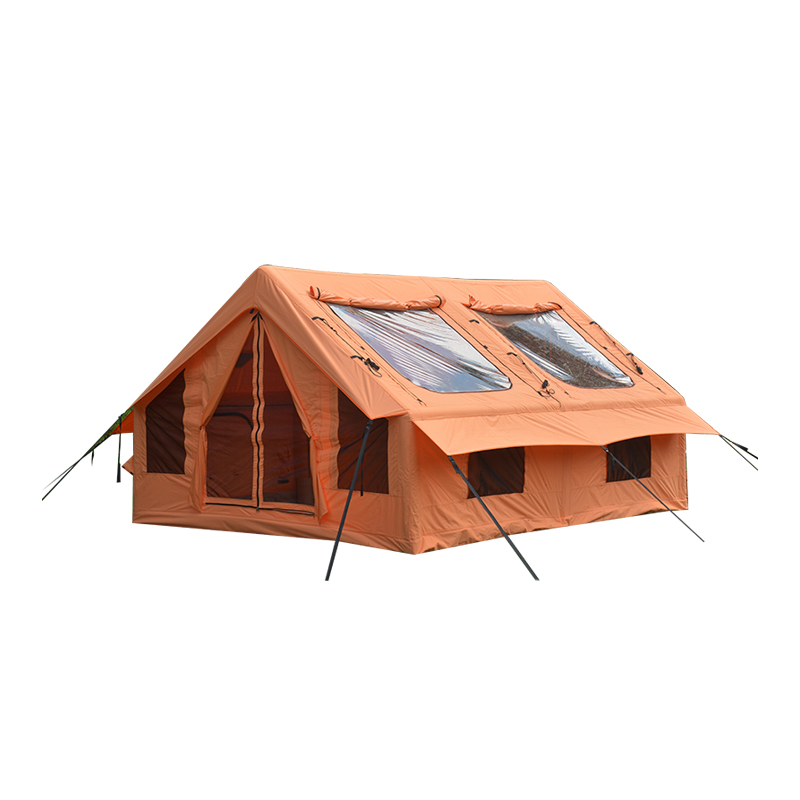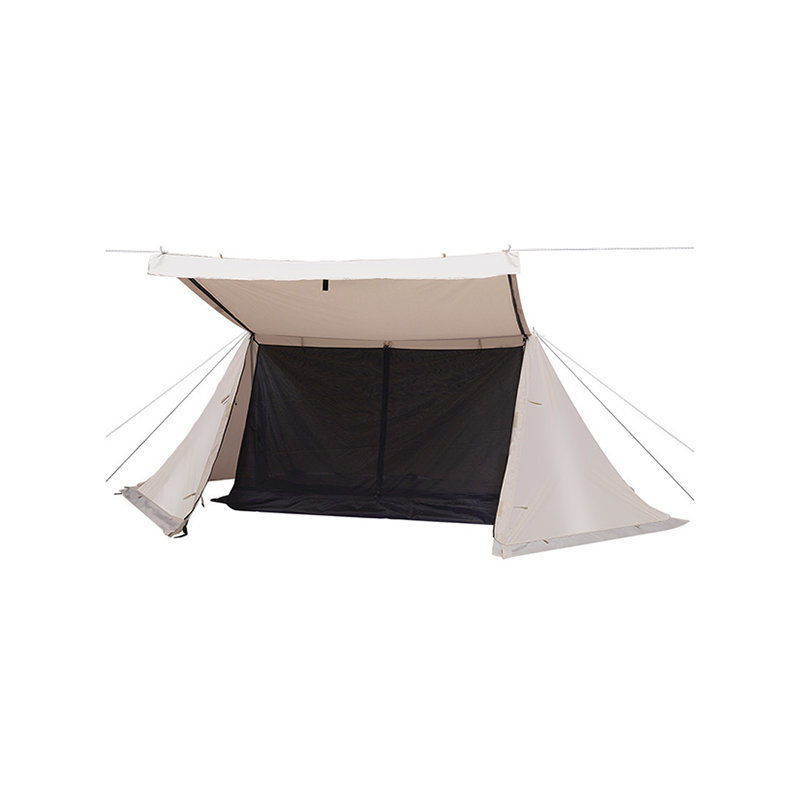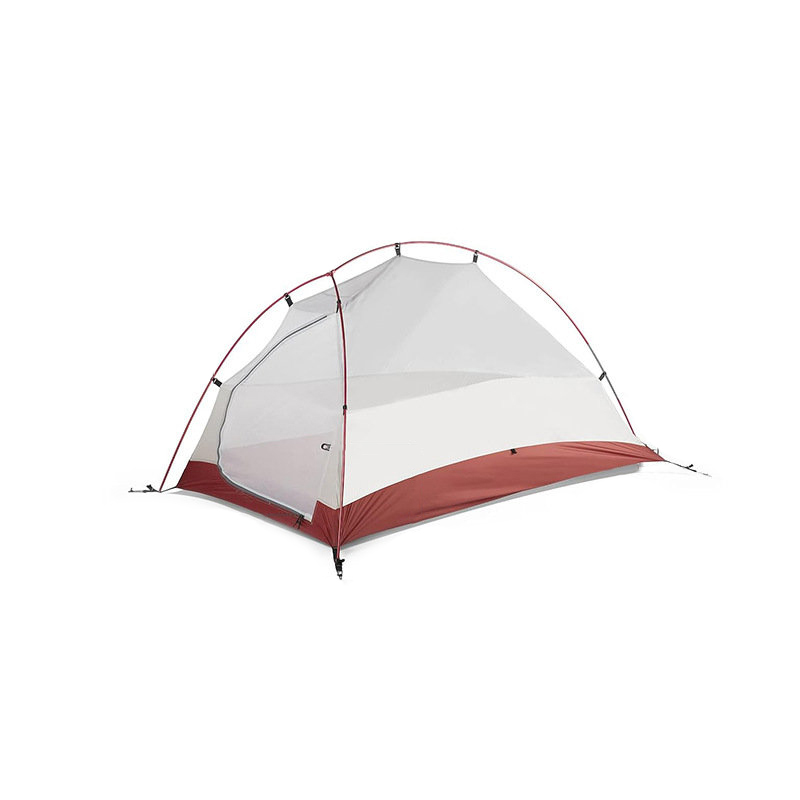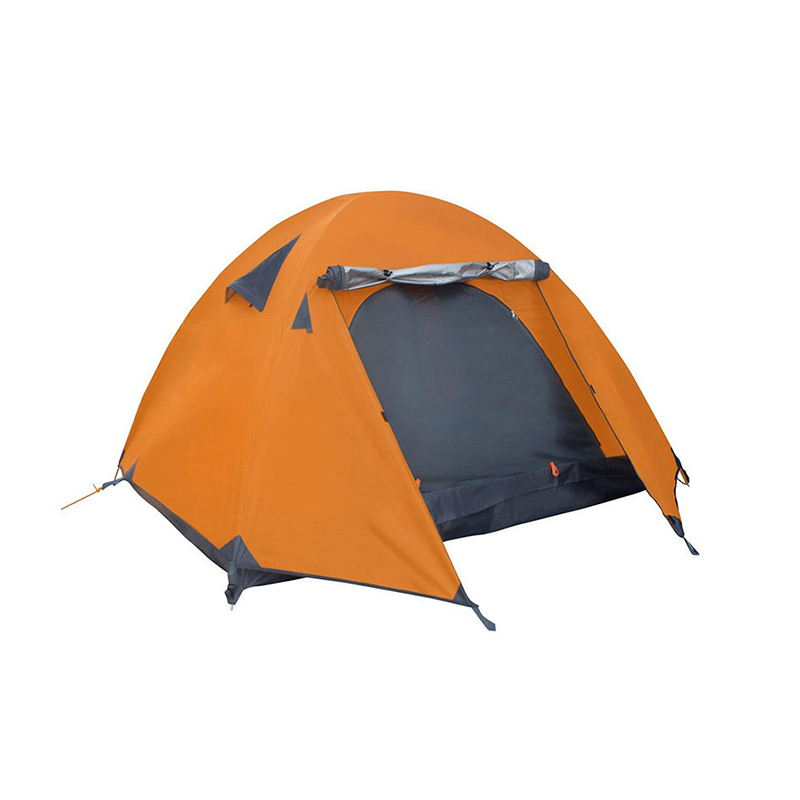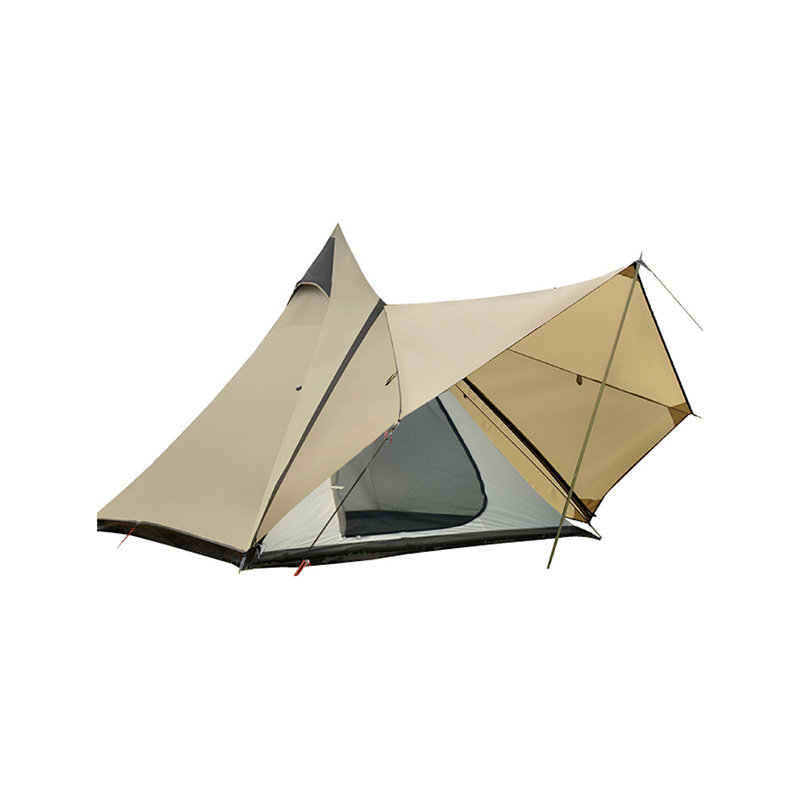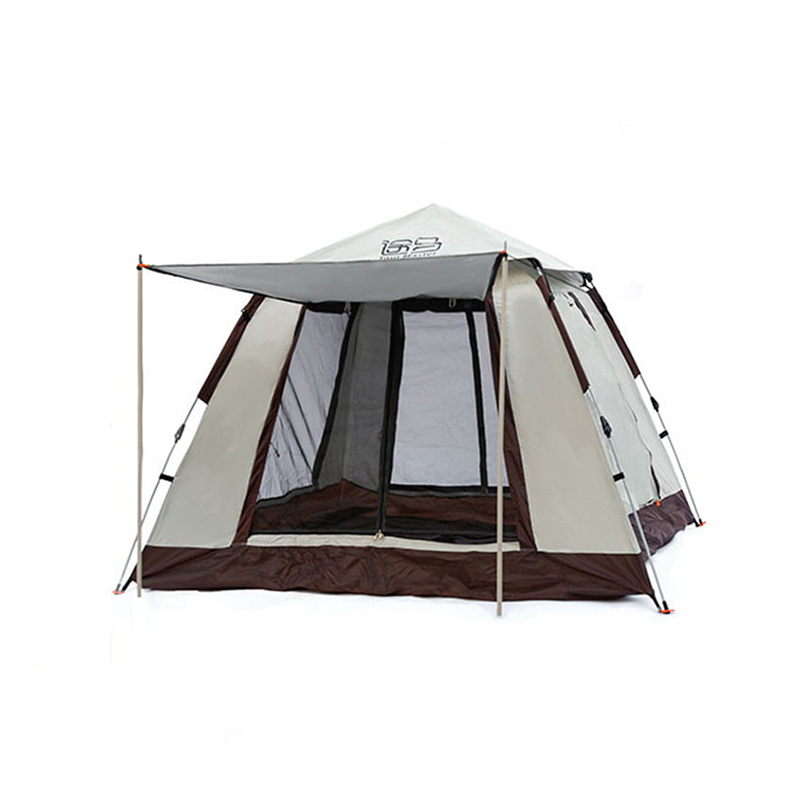The Light Roof Tent features multiple strategically placed ventilation points, including mesh windows, roof vents, and side openings that are designed to promote continuous airflow within the tent. These ventilation points facilitate the exchange of stale, humid air for fresh air from the outside environment. By allowing humid air to escape and preventing the buildup of moisture, they significantly reduce the risk of condensation forming inside the tent. The proper placement of these vents ensures that condensation from internal sources, like body heat or breath, can be effectively vented to the outside, maintaining a drier and more comfortable environment. The vent openings are designed to be adjustable, allowing users to control airflow depending on the conditions. In warmer climates or during rainy weather, the ability to optimize airflow is essential to managing humidity levels inside the tent. Proper ventilation not only helps reduce condensation but also prevents the development of mold or mildew, which can occur when humidity is trapped inside without airflow. The placement of these vents at higher points on the tent minimizes the possibility of moisture pooling at the base, ensuring that it escapes upward, away from sleeping areas and equipment.
The materials used in Light Roof Tents are chosen for their high level of breathability, which directly addresses condensation issues. Fabrics such as polyester, polycotton blends, or advanced technical fabrics are commonly employed. These materials allow water vapor to pass through the fabric rather than accumulating on the interior walls, which is a common cause of condensation. In humid environments, where the temperature difference between the outside air and the inside of the tent can be quite significant, these fabrics allow the moisture in the air to escape. Breathable fabrics enhance comfort by creating a more balanced internal climate, ensuring that the tent does not become a "trap" for moisture. This is particularly important in areas with high humidity levels where air circulation is often limited. By allowing the vapor to pass through, these fabrics prevent the formation of water droplets that can dampen the interior surfaces and disrupt the camping experience. The water-resistant or water-repellent coatings applied to these fabrics further increase their ability to shed external moisture, while still maintaining their breathability.
The critical feature in reducing condensation is the inclusion of an integrated rain fly or weatherproof cover that protects the Light Roof Tent from external moisture. The rain fly acts as an additional layer that keeps rain, dew, or snow from directly contacting the tent’s main fabric. This external layer prevents moisture from accumulating on the tent’s surface and subsequently dripping into the interior, thus reducing internal humidity levels. The rain fly creates an air gap between the outer fabric and the inner lining of the tent, which improves insulation and further reduces condensation risks. By allowing air to flow freely between the tent and the rain fly, this design minimizes the chances of moisture buildup. During rainy weather, the rain fly also plays a crucial role in ensuring the tent remains dry and comfortable. This layer enhances the durability of the tent by protecting it from prolonged exposure to environmental elements such as rain and direct sunlight, which could otherwise degrade the materials over time. This protection is especially valuable in humid climates where rain and dampness are common, as the rain fly provides a barrier that limits the amount of moisture entering the tent.
Many Light Roof Tents are equipped with a specialized interior lining that helps to manage condensation. This lining is typically made from moisture-resistant or anti-condensation materials such as breathable polyester or synthetic membranes that are designed to absorb excess moisture. When condensation forms on the surface of the tent, these linings help to regulate it by drawing moisture away from the fabric and preventing it from condensing on the tent walls or ceiling. This interior lining can provide a layer of insulation, helping to stabilize the internal temperature and reduce the contrast between the cooler outside air and the warmer air inside the tent, which is a common trigger for condensation. The interior lining effectively mitigates moisture buildup by either absorbing or diffusing it, keeping the interior environment more comfortable. Some high-end models also incorporate anti-microbial treatments into the lining, further reducing the risk of mold or mildew growth. By helping to regulate internal humidity, the lining contributes to maintaining a more consistent and comfortable atmosphere inside the tent, even during high-humidity conditions.



 English
English 中文简体
中文简体
